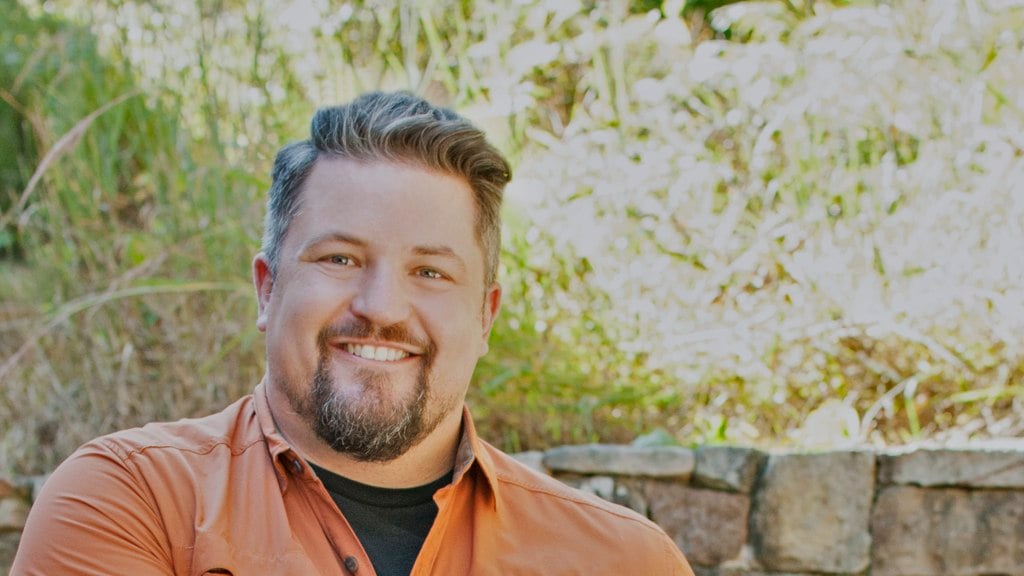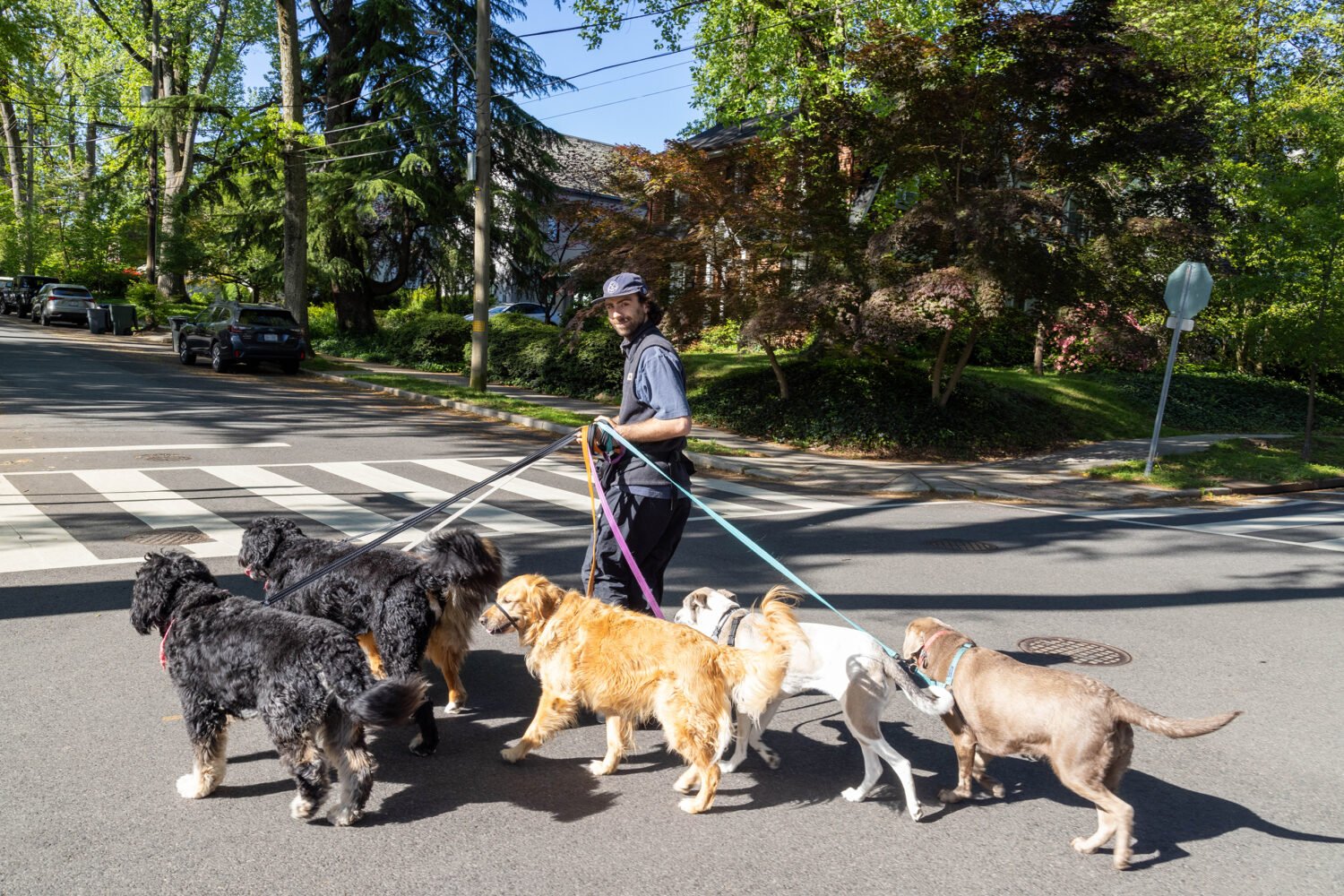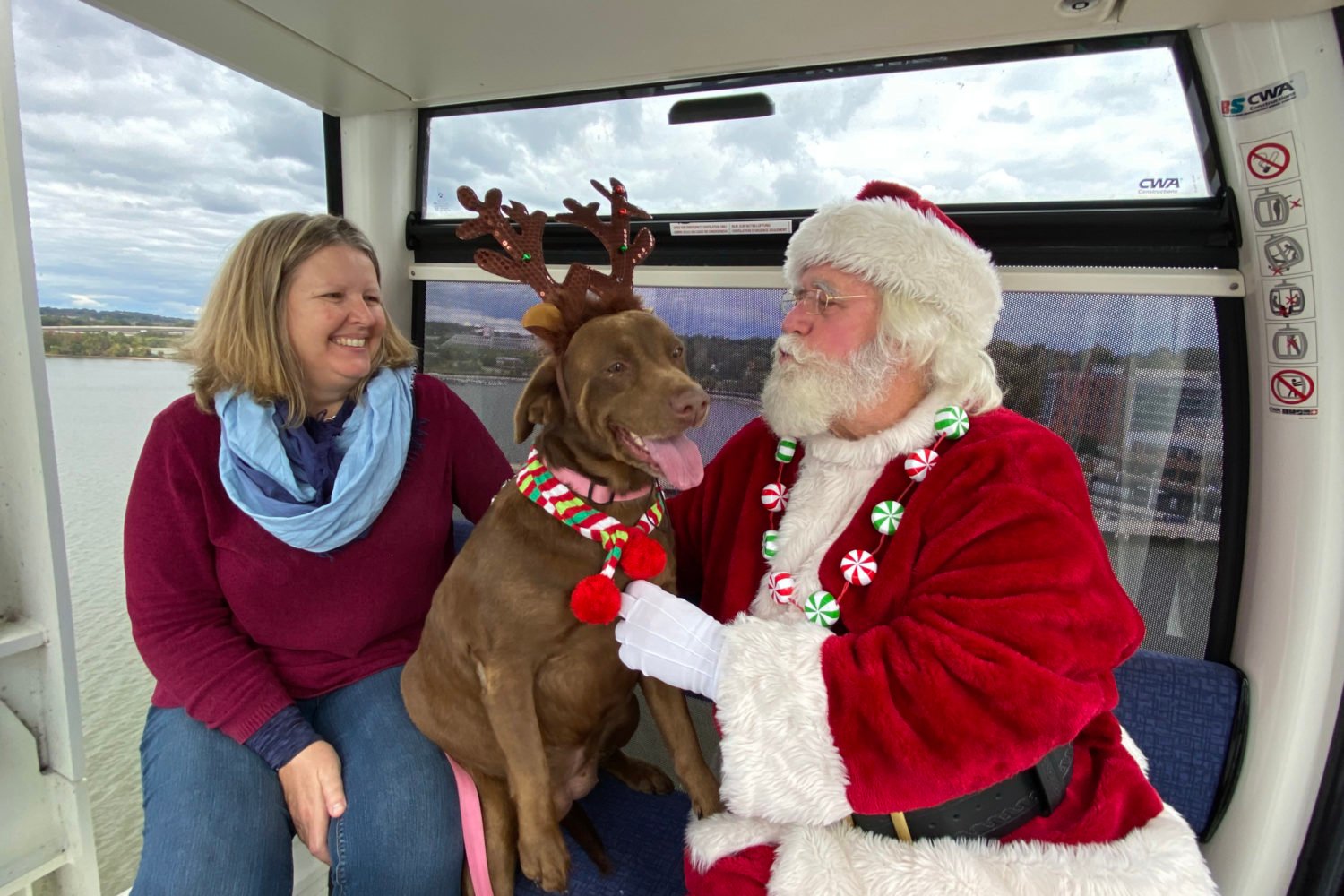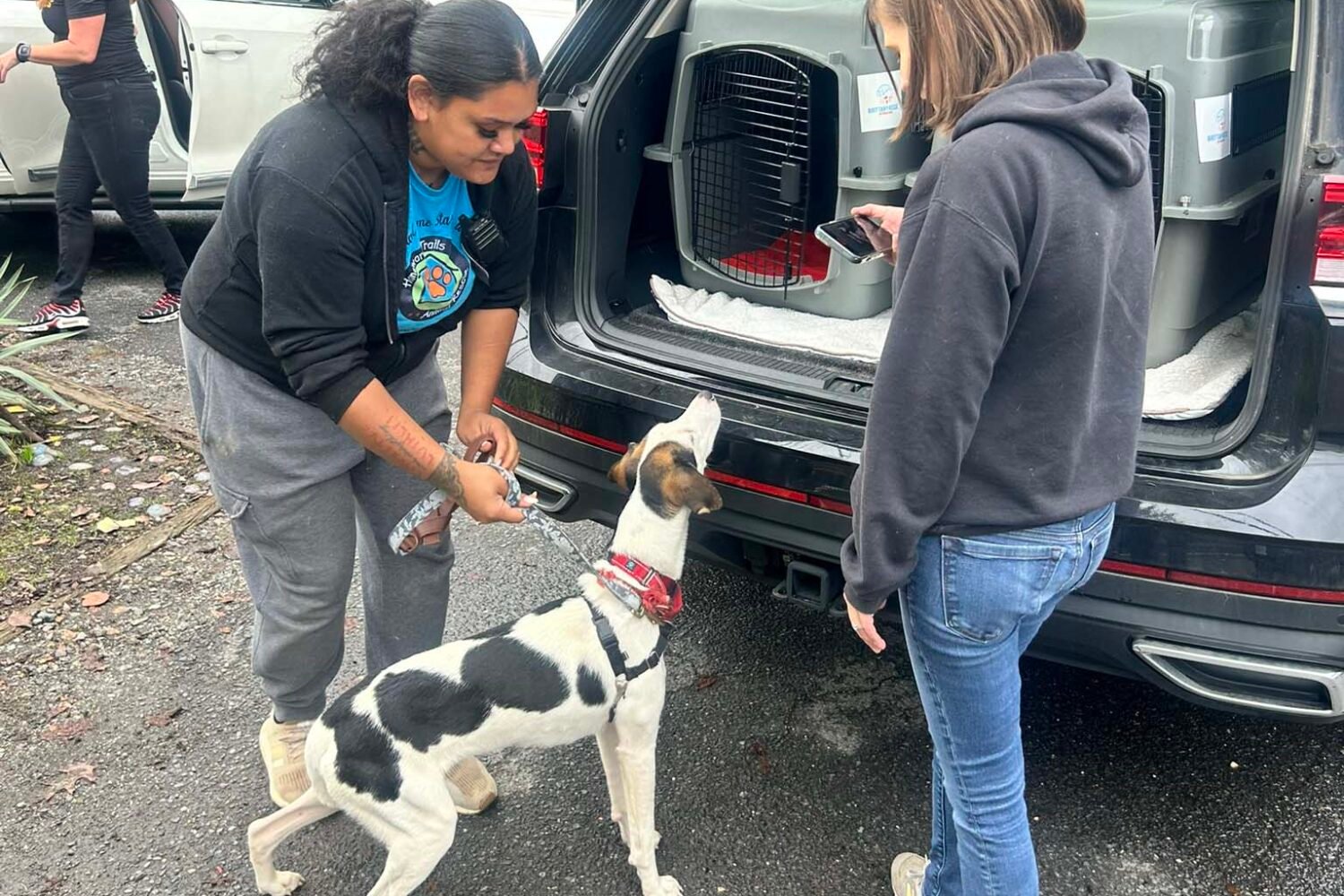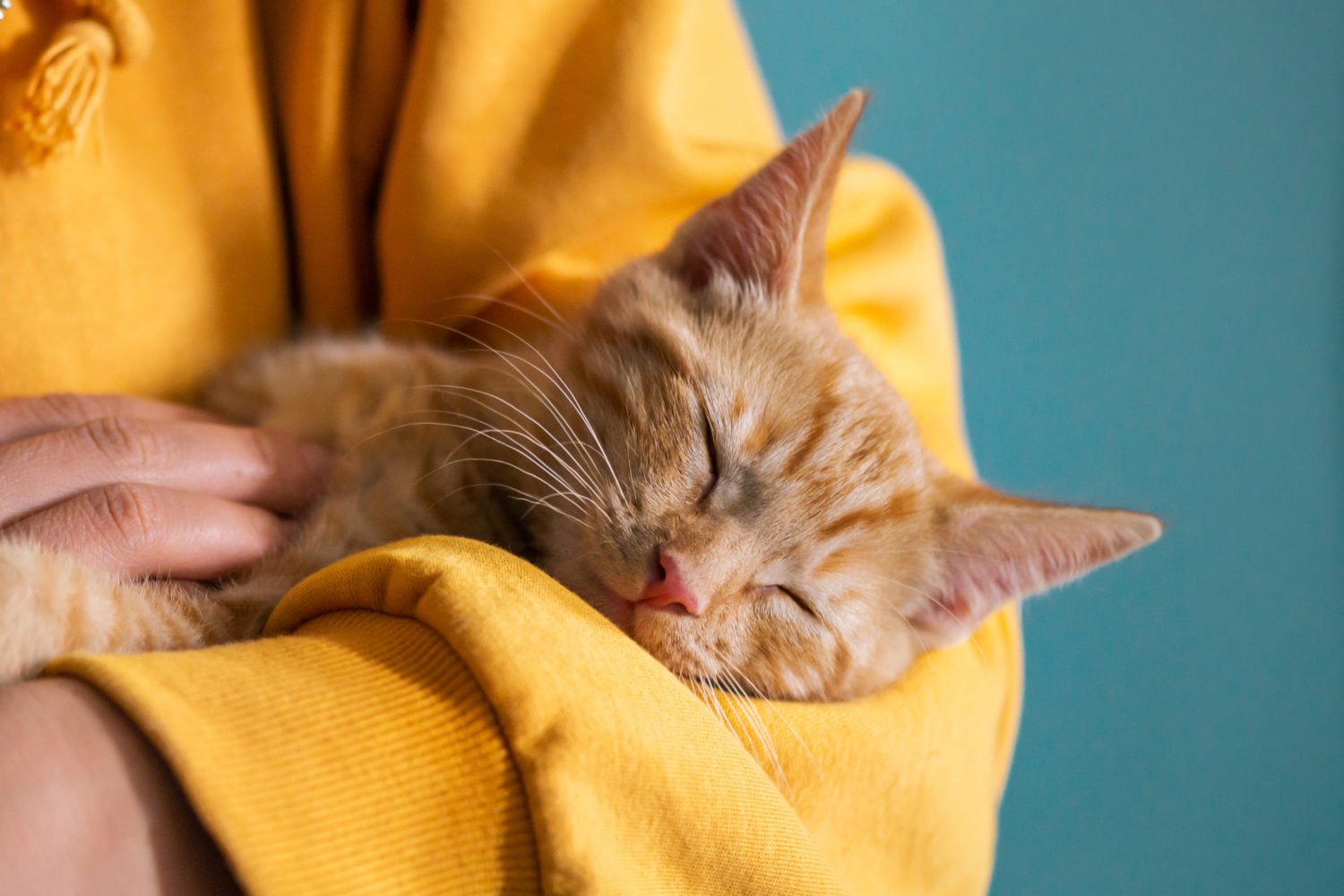David Mizejewski has lived and worked in Washington for almost 20 years. As spokesperson for the Reston-based National Wildlife Federation, the naturalist has had plenty of experience appearing as a wildlife expert on various talk shows such as Conan, Today, Good Morning America, and The Wendy Williams Show. And on Friday, he’ll get a show of his own, appearing as a co-host along with two veterinary experts and a field reporter on the new Nat Geo Wild show Pet Talk.
Mizejewski took some time to talk with Washingtonian about his background as a wildlife expert and what he hopes to bring to a show about our lovable pets. (This interview has been edited and condensed.)
Tell me a little bit about your work at the National Wildlife Federation.
I will be with National Wildlife Federation for 16 years this summer. I’m a naturalist, someone who studies the natural world and shares that information with the public, hopefully in a way that gets people inspired to participate in conservation. My particular background and interest, and how I came to the National Wildlife Federation is [through my] interest in urban wildlife and the idea that we can restore lots of native wildlife habitats right here in our city, towns, neighborhoods and yards by making different choices on how we manage our landscape.
As a wildlife expert, what do you hope to bring to the table at a show that focuses on pets?
Our pets are the animals that we experience in daily life. They can really be a window into the world of animals beyond our domesticated pets and into the world of wildlife. I can help viewers understand their pets through interpreting their pets’ behaviors through the lens of what their wild ancestors would do. There’s a lot of interesting things that I think most people don’t realize their pets share with their wild ancestors. My role is to help viewers get a better understanding and appreciation for wildlife through a deeper understanding of their pets. Pet Talk also has a unique opportunity to reach audience with information about some of the dangers of exotic animals as pets, some of the do’s and the don’ts of that.
Who are the other two people co-hosting the show with you, and what have you learned from them so far in the filming of the first few episodes?
Dr. Courtney Campbell is a veterinary surgeon and Dr. Tina Olivieri is a veterinarian who specializes in hospice and end of life care for pets. Each of us three hosts come from very different perspectives and a way of looking at things, so I think it’s a great balance. We hit it off immediately. All three of us are constantly picking up tips and learning things. As a pet owner, I’m learning so much from Courtney and Tina–news you can use for your pet’s health, daily maintenance, and things like that. I currently have a dog and a cat, and I’ve had all sorts of different animals as pets throughout my life. That’s also another angle that I bring to it–I’m a wildlife expert, but I’m also a pet owner.
What do you hope viewers get from Pet Talk that they can’t get from any other show that’s out there?
Sixty-two percent of homes have pets in them, but there’s never really been a prime-time show focusing on pets. We’re about giving people a fun and entertaining show where they can pick up practical information on how to care for their pets, what to do, what not to do. I’m hoping that through people understanding their pets better, they get a deeper appreciation for the wildlife that’s out there and maybe then get involved in conservation and want to join the mission of the National Wildlife Federation.
A few weeks back, there was a lot of news and social media coverage on a bobcat sighting in Fairfax. I did a bit of research, and I learned that bobcats are actually really common in this area.
There are many wildlife species that are fairly adaptable, and have figured out how to take advantage of human dominated landscape. Everything from raccoons, red foxes, white tail deer, and even bobcats can live in densely populated areas and be just fine. Bobcats are fairly widely distributed. They’re found almost all over the country, and they’re certainly found in this area. They’re cats, so they tend to be nocturnal and extremely elusive, so I’ve actually never seen a bobcat in the wild, but that doesn’t mean that they’re not out there. The big thing to remember is that most of these species pose no threats to people. If you follow a very simple rule of thumb–never try to approach, touch, feed, or pick up any type of wildlife–your chances of being injured are almost zero. Let’s let them be wildlife. It’s totally okay for them to be there, and what an amazing opportunity it is to have this occasional chance to observe them. I think urban wildlife is a great thing to have and should be celebrated.
Tell me a little bit about the wildlife right here in the DC area.
There is such a wealth of wildfire around here. For many years I worked at the Long Branch Nature Center in Arlington, and there is such a tremendous amount of wildlife found in the middle of Arlington. It’s sort of inner suburb, but still fairly urban as far as neighborhoods go. There we had breeding populations of wood frogs and spotted salamanders that come out once a year. The spotted salamanders come up from their subterranean habitats for a couple of nights every year–usually in late February, so it’s about to happen. On the first night when it gets above 50 degrees and we get some good rainfall, they come out and converge on these seasonal ponds that fill up with the late winter snow melt and rain. They breed there, and then they go back underground and you don’t see them again for another year. Stuff like this happens all over the Washington, DC, region, and frankly, a lot of people don’t even know.
What’s your favorite wildlife animal?
Oh, that perpetual question that I can’t answer because I love them all! I guess I can say one of my favorite is the grey tree frog. It’s a species that’s found right here in Washington, DC, in our woods and our wetlands. They’re fairly small–their bodies are about an inch or an inch and a half long. When they’re up against the bark of a tree, they’re absolutely camouflaged. They look exactly like military camouflage, and they’re just really cool little critters.
Nat Geo Wild’s Pet Talk will premiere Friday, February 19, at 10 PM.

